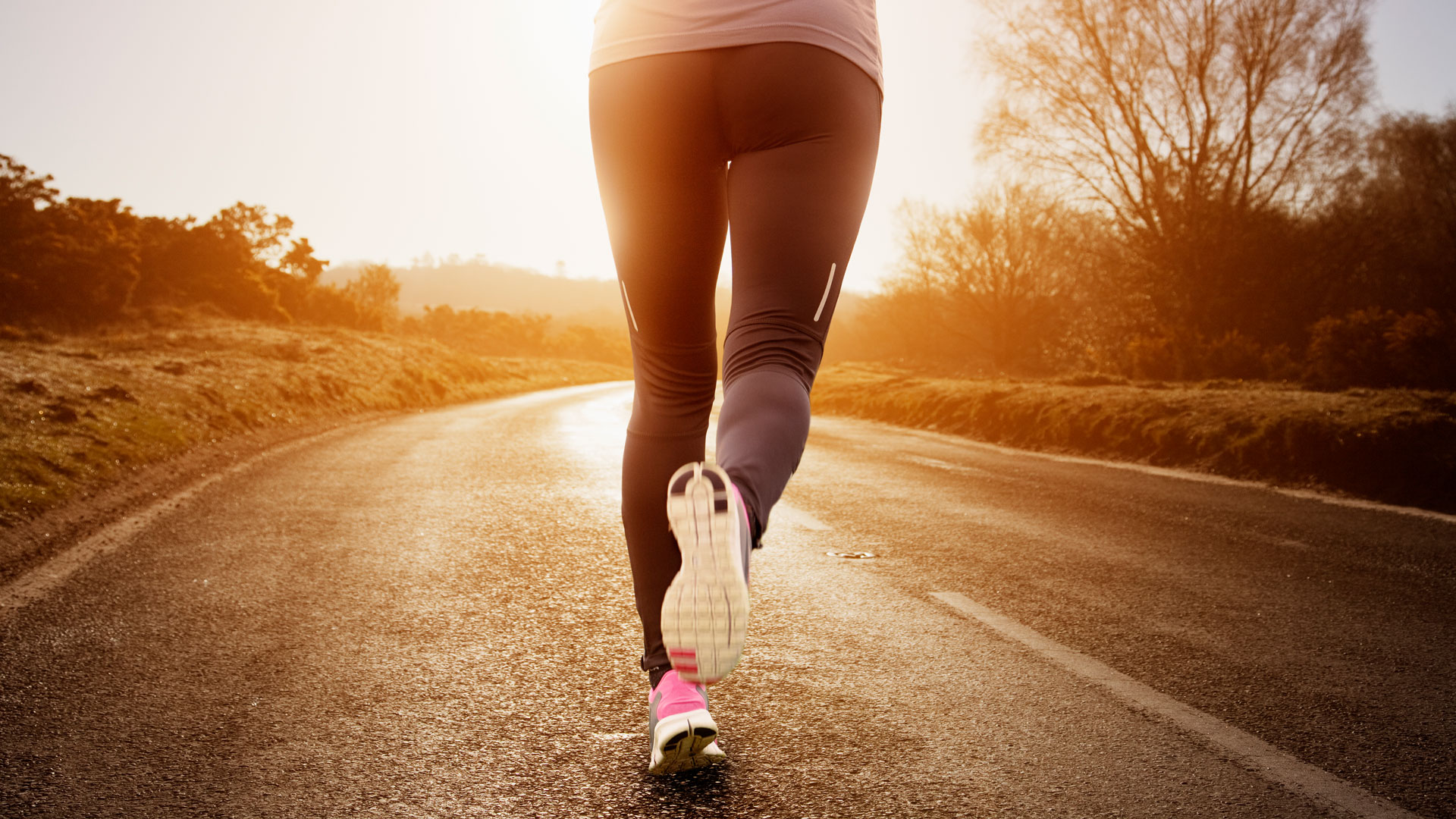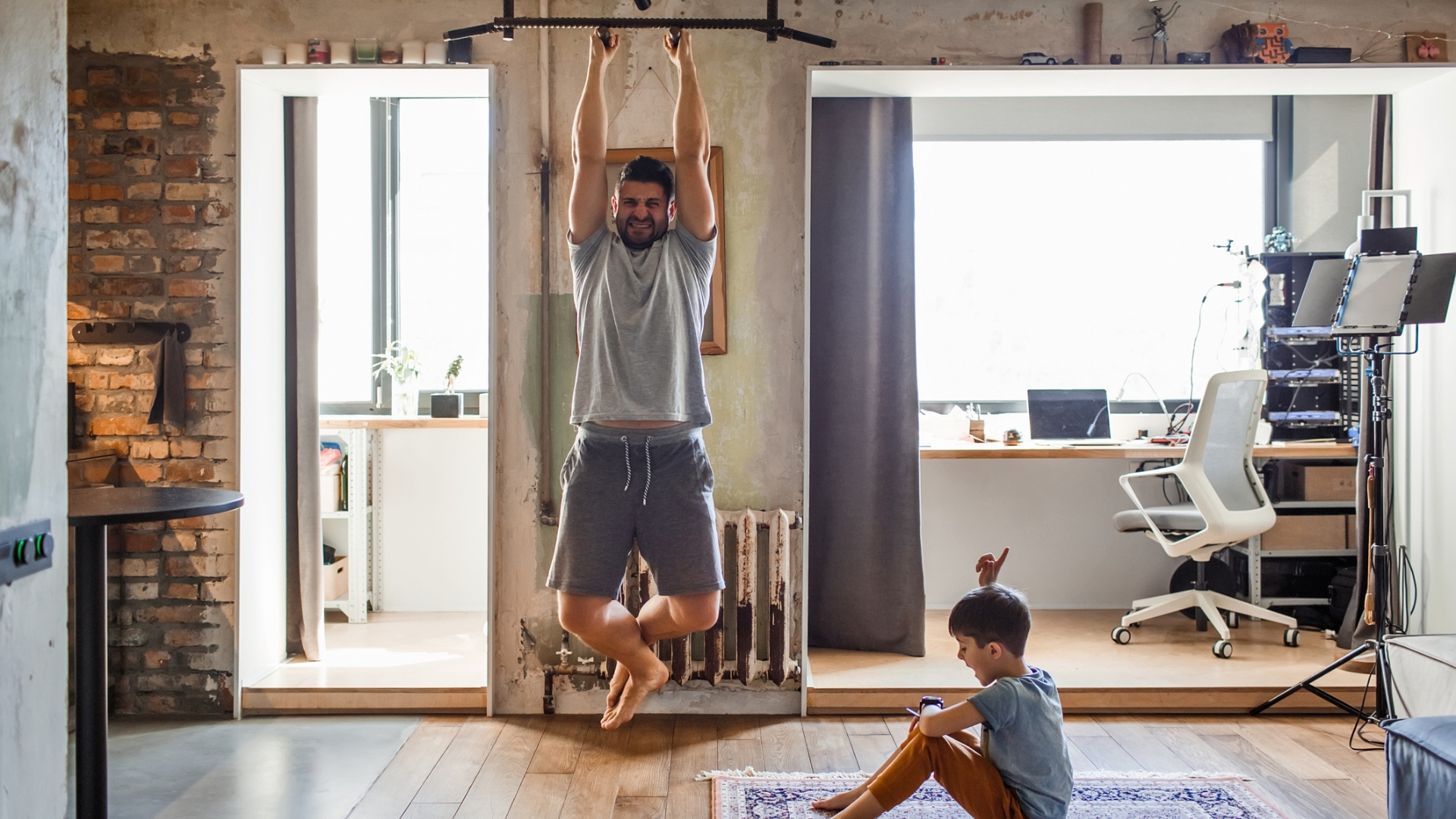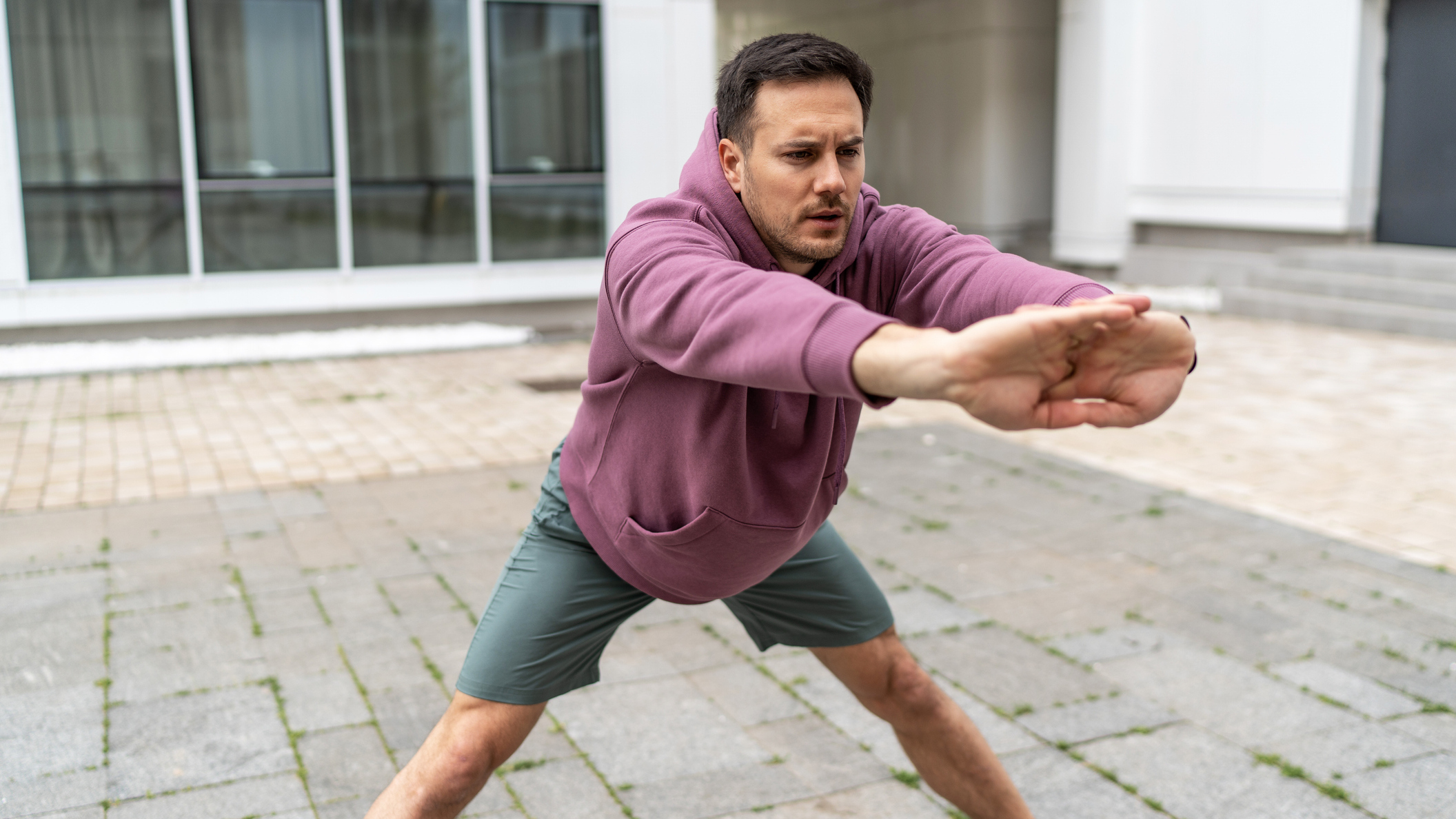Does running build leg muscle?
Beginners may see some strength gains in their legs, but running isn’t the most efficient way to build lower-body muscle


Running is a fantastic way to improve cardio fitness and your ability to exercise at moderate intensity (aerobic endurance). However, while running activates a range of lower-body muscles it’s unlikely to increase muscle mass, unless you’re sprinting and tackling hill climbs. Your training history and experience with running will play a part in how the exercise affects muscle mass. Here’s what you need to know, from a certified run coach.

Victoria Sekely is a Manhattan-based physical therapist who graduated with a BSc from Georgetown University and completed her doctorate in physical therapy at New York University. Sekely is a USATF Level 1 and RRCA certified running coach.
Does running build muscle?
Running recruits a range of lower-body muscles, including the hip flexors, quadriceps and hamstrings (thigh muscles), glutes, and calves. Fit&Well asked certified running coach and physical therapist Victoria Sekely if running would build these muscles.
"Someone new to running who hasn’t done strength-training before will, initially, notice an increase in muscle strength," says Sekely. "However, if a runner focuses specifically on endurance [running long distances at moderate speeds], they wouldn’t necessarily see any muscular strength gain from running.”
Running too far could hinder muscle growth. “Once a certain mileage is hit, the increase in mileage counteracts the muscle-building strength,” says Sekely.
There is research to illustrate this. A study published in the Journal of Physical Therapy Science of 30 male amateur runners split into three groups that ran 6.2, 13, or 26.1 miles concluded that all groups experienced marked increases in measures of muscle damage. These markers increased the further the participants ran.

What's the best way to increase muscle through running?
The amount of exercise and training you need to do to see differences in your body composition varies from person to person. One way to build strength through running is by incorporating hill sprints into your routine. “This is because you’re adding elevation and power from sprinting,” Sekely says.
Short, intense runs may also increase muscle growth. A small 2019 study published in the International Journal of Exercise Science found that high-intensity interval run training increased the mass of thigh muscles in untrained participants.
Get the Fit&Well Newsletter
Start your week with achievable workout ideas, health tips and wellbeing advice in your inbox.

Should you run if your legs are sore?
It's usual to experience delayed onset muscle soreness (Doms) after strenuous exercise, like running, particularly if you're new to this type of exercise or you're regularly increasing the intensity or distance of your runs.
"[Muscle] soreness is likely after exercise and shouldn’t prevent you from living your life,” Sekely says, adding that it's OK to run if your legs are sore—so long as you keep the intensity low and opt for a gentle pace.
“[To optimize] performance and injury reduction, you should limit the amount of hard effort back-to-back. For instance, if you’ve done an interval run or a hard strength workout, I wouldn’t recommend doing a hard run with sore legs. It increases your risk of injury and poor form. That said, an easy, slow recovery run to flush the legs out, [is great].”
If you are planning to run with sore legs, a running warm-up may help. Sekely emphasizes the importance of always doing a warm-up before a run, whether you’re sore or not. “You don’t want to shock your muscular system; running isn’t necessarily easy and you shouldn’t hop up from an eight-hour day sitting at your desk to go for a two-hour run," she says. “It can be as simple as doing a couple of squats and heel raises then a fast walk before starting your run. [Your warm-up] doesn’t have to be complicated, but it does have to happen.”
It's important not to run if your muscle soreness is happening because of an injury, either a new or existing one. Speak to your doctor or a health professional if the pain you're dealing with is uncomfortable and you suspect you may have sustained an injury.
Gemma Harris is a UK-based freelance journalist and health writer who blogs at thegutchoice.com and has specialist insight into gut health. She produces content for multimedia health and lifestyle platforms, including calmmoment.com, StomaTips, Planet Mindful and metro.co.uk because she has a passion for health and wellness. When not writing, she can be found walking or running in nature, at a yoga or spin class, swimming or having cocktails with friends.
-
 A physical therapist says these five exercises will fix “95% of your problems.” Here’s why I agree
A physical therapist says these five exercises will fix “95% of your problems.” Here’s why I agreeRelease stiff areas, strengthen weak ones and move more efficiently
By Jennifer Rizzuto
-
 Chris Hemsworth swears by something called Foundation Training to keep back injuries at bay—here's how to master one of its core movements
Chris Hemsworth swears by something called Foundation Training to keep back injuries at bay—here's how to master one of its core movementsTime to introduce this into your daily routine
By Sam Rider